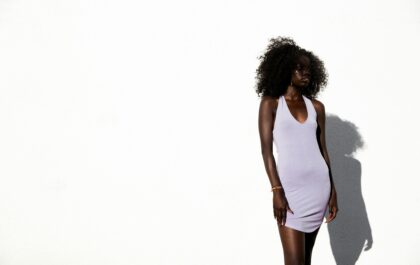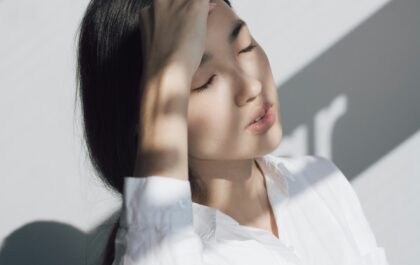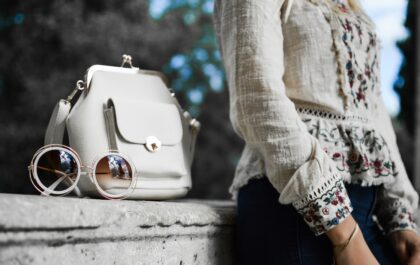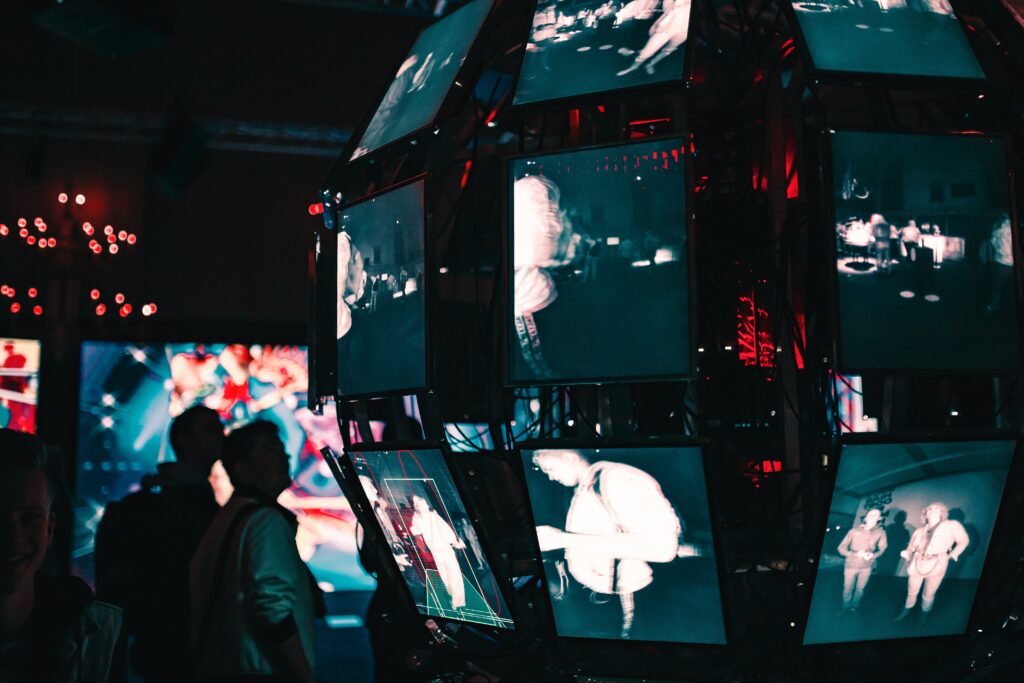Introduction: The timeless nature of fashion
Fashion is a dynamic force, constantly shifting and evolving with each passing decade. It reflects our society’s values, aspirations, and even its challenges. From the glitz of Hollywood to the grit of street culture, fashion tells a story that transcends time. Each era brings fresh inspirations and bold statements that shape the way we express ourselves through clothing.
As we take a journey through the decades, we’ll uncover how trends have transformed and what they reveal about us as individuals and communities. Let’s dive into this vibrant tapestry woven from fabric, creativity, and cultural significance!
The 1920s: The Roaring Twenties and the emergence of flapper fashion
The 1920s marked a seismic shift in fashion. Known as the Roaring Twenties, this decade was characterized by rebellion and liberation. Women sought freedom from traditional norms, and their clothing reflected this newfound independence.
Flapper fashion emerged as a symbol of this cultural revolution. Short hemlines, dropped waists, and loose-fitting silhouettes became the norm. Fabrics like silk and chiffon offered fluidity that matched the era’s vibrant spirit.
Accessories played a crucial role too—think cloche hats, long strands of pearls, and feathered headbands. These elements epitomized an attitude that celebrated fun and flamboyance.
Dance halls thrived with jazz music echoing through every corner. Flappers danced to the beat while flaunting their stylish outfits with confidence. This was more than just clothing; it was a statement of identity in an age eager for change.
The 1950s: The rise of Dior’s New Look and the influence of Hollywood icons
The 1950s marked a transformative era in fashion, defined by Christian Dior’s revolutionary New Look. This iconic silhouette celebrated femininity with its cinched waist and voluminous skirts, creating an hourglass figure that captivated women everywhere.
Hollywood played a pivotal role during this decade. Stars like Marilyn Monroe and Audrey Hepburn became style icons, their choices influencing countless fans. Hepburn’s elegant simplicity contrasted beautifully with Monroe’s sultry glamour.
Women’s fashion was all about elegance and sophistication. Fabrics like taffeta and silk took center stage, while bold floral patterns added vibrancy to wardrobes. Accessories such as gloves and pearls completed the polished look.
Men’s fashion also evolved significantly during this time. The classic tailored suit emerged as a staple for gentlemen, epitomizing sophistication in post-war society. This blend of Hollywood allure and haute couture created a cultural moment still referenced today in modern style narratives.
The 1980s: Bold colors, power dressing, and the birth of streetwear
The 1980s exploded with vibrant colors and daring styles. Fashion became a loud declaration of individuality. Neon shades ruled the streets, from fluorescent pinks to electric blues.
Power dressing took center stage as bold silhouettes defined women’s fashion. Shoulder pads transformed blouses and jackets into statements of strength. Women embraced their presence in the workplace, making fashion an integral part of empowerment.
Simultaneously, streetwear emerged from urban culture, merging comfort with statement pieces. Sneakers became must-have items, often paired with oversized tees or denim jackets adorned with patches.
Icons like Madonna and Prince pushed boundaries further, blending high fashion with everyday wear. Music influenced trends immensely; hip-hop artists introduced baggy trousers and caps that would become staples for generations.
Fashion in this decade was more than clothing; it was a cultural movement that celebrated confidence and self-expression in every hue imaginable.
The 2000s: The impact of technology on fashion and the rise of fast fashion
The 2000s marked a seismic shift in the fashion landscape, driven by technology. The internet began to reshape how we shop and discover trends.
Online retailers emerged, offering everything from high-end designer pieces to affordable staples at our fingertips. This convenience changed consumer behavior forever.
Fast fashion brands like Zara and H&M exploded onto the scene. Their ability to churn out runway-inspired looks quickly appealed to trend-savvy shoppers seeking instant gratification.
Social media platforms such as MySpace and later Instagram became influential spaces for showcasing personal style. Influencers started shaping brand narratives, making it easier for everyday people to engage with fashion on a global scale.
As styles evolved rapidly, the pressure grew to stay relevant—leading consumers into a cycle of constant buying and disposing. Sustainability concerns began gaining traction as awareness rose about this throwaway culture’s impact on the environment.
Present Day: A
Fashion today is a vibrant tapestry woven from threads of history, culture, and technology. We see the influence of past decades in modern trends, yet they are reimagined for today’s world. Sustainability has become a core focus as consumers demand ethical practices from brands.
Social media shapes our styles at lightning speed. Influencers set trends overnight while vintage and thrift shopping gain popularity among younger generations seeking unique pieces with stories to tell.
The lines between high fashion and streetwear continue to blur, allowing self-expression like never before. Inclusivity also plays a significant role; diverse body types and backgrounds are finally being represented on runways and in campaigns.
As we navigate this dynamic landscape, one thing remains clear: fashion will always evolve but its essence—creativity and individuality—will endure through the ages.
























